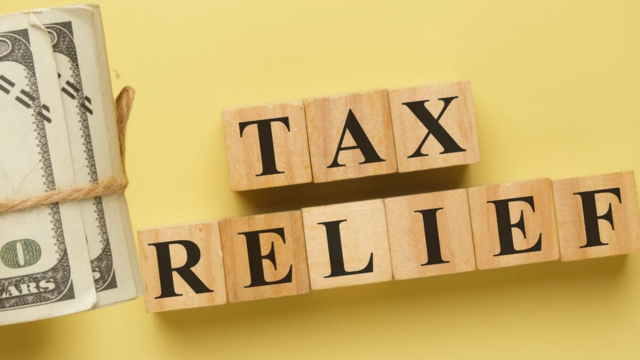The US state of Arkansas has been labeled a disaster area because of the severe storms, flooding, and tornadoes that started on April 2, 2025. In response, the Internal Revenue Service (IRS) has announced tax relief measures for companies and people who are affected. These include extending the deadlines for filing and paying federal taxes.
All taxpayers in the 75 counties of Arkansas that are recognized by the Federal Emergency Management Agency (FEMA) will gain from this measure. This includes both people and businesses. If the address on file with the IRS is in the affected area, there is no need to fill out a formal application to get help.
The new dates are meant to give people a financial break while the recovery process continues. The general date for paying taxes has been pushed back to November 3, 2025. This will give many people more time to get their finances in order after the emergency.
What does Arkansas’s tax aid from the IRS cover?
The IRS said that all federal tax returns and payments that were due between April 2, 2025, and November 3, 2025 will get tax breaks. People who owe taxes will have more time to catch up during this deferral period, without having to pay any extra fines or interest.
The measure covers the following times and payments:
- Form 1040 payments and returns were due on April 15.
- Money that will be put into IRAs and health savings accounts (HSAs) in 2024.
- Estimated payments are due every three months on April 15, June 16, and September 15.
- You have to send in payroll and other tax forms on April 30, July 31, and October 31.
- Tax forms for businesses and trusts are due on April 15.
- The nonprofit organization’s report was due on May 15.
Also, fines for payroll and other special taxes due between April 2 and April 17 will not be charged if the taxes are paid by April 17.
Extra help and tax breaks for disaster losses
They can also claim losses they didn’t have insurance for or weren’t paid for because of the natural disaster. You can use these on either the 2025 return (coming next year) or the 2024 return if you’d like. They have to put the FEMA 3627-EM return number on their tax return no matter what.
Another sort of support is the idea that government payments for disaster relief could be kept separate from gross income. You can use these funds to pay for any personal, family, funeral, or home repair and rebuilding costs.
People who pay taxes and have IRAs or retirement accounts may also be able to get special disaster distributions without having to pay an extra 10% early exit penalty. It’s possible to spread that income out over three years or take money out in a pinch, if the plan allows it.
The IRS tells people who don’t directly qualify for this help that they can still ask for penalties to be waived if they have a good reason. IRS.gov has all the information you need about this and other types of help.




